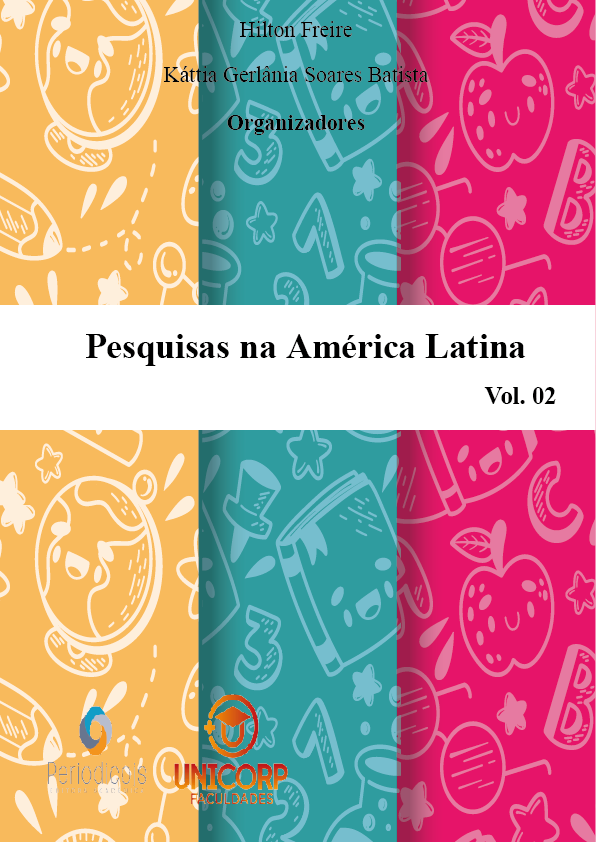Abstract
The present article analyzed the impacts of the excessive use of the information technology and communication about teenager’s lives in current context through bibliographical exploration, transiting through the various fields of scientific knowledge, psychology, sociology and others. The discussion of this theme becomes quite relevant based on the assumption that excessive use of the new technologies has been hampering the development and involvement of the teenagers in their family and social contexts. Adolescents are showing serious adaptation problems in social contexts, reaching adulthood totally dependent on their families and with deeply immature emotional behavior, without interpersonal adaptation skills and unprepared for the demands of work environments. However, we also consider that limited and adequate use can bring numerous benefits to those who use these media.
References
CAPOVILLA, Alessandra Gontuzo Seabra. ASSEF, Ellen Carolina dos Santos. Cozza, Heitor Francisco. Avaliação Neuropsicológica das Funções Executivas e Relação com Desatenção e Hiperatividade. Universidade São Francisco. 2007.
COLL, César. MONEREO, Carles. Educação e Aprendizagem no século XXI: Novas ferramentas, novos cenários, novas finalidades. In: Psicologia da Educação Virtual: aprender e ensinar com as tecnologias da informação e da comunicação. Porto Alegre. Artmed, 2010.
ECA - Estatuto da Criança e do Adolescente. Lei Federal nº. 8069/1990.
FERREIRA, Janaina Martins. As Subjetividades e as Novas Configurações de Tempo e Espaço. Campina Grande – PB. UEPB, 2005.
GERHARDT, T. E.; SILVEIRA, D. T. Métodos de pesquisa. Porto Alegre: Editora da UFRGS, 2009.
HALL, C. LINDZEY, G. Teorias da Personalidade. 18ª edição. São Paulo. E.P.U, 1984.
HAMDN, Amer Carvalheiro. PEREIRA, Ana Paula de Almeida. Avaliação Psicológica das Funções Executivas: Considerações Metodológicas. Universidade Federal do Paraná. Disponível em www.scielo,br/prc.
HUTZ, C. S., SILVA, D. F. M. Abuso Infantil e Comportamento Delinqüente na Adolescência: Prevenção e Intervenção. In: HUTZ, C. S. (Org). Situações de Risco e Vulnerabilidade na Infância: Aspectos Teóricos e Estratégias de Intervenção. São Paulo. Casa do Psicólogo, 2002.
KOVÁCS, M. J. (Org.). Morte e Desenvolvimento Humano. São Paulo. Casa do Psicólogo, 1992.
PRODANOV, C. C.; FREITAS, E. C. Metodologia do trabalho científico: métodos e técnicas da pesquisa e do trabalho acadêmico. ed. 2. Novo Hamburgo: Feevale, 2013.
ROUCO, J. J. M. et al. O Prazer e o Pensar: orientação sexual para educadores e profissionais de saúde. Org.: Marcos Ribeiro. São Paulo. Ed. Gente: Cores - Centro de Orientação e Educação Sexual, 1999.

